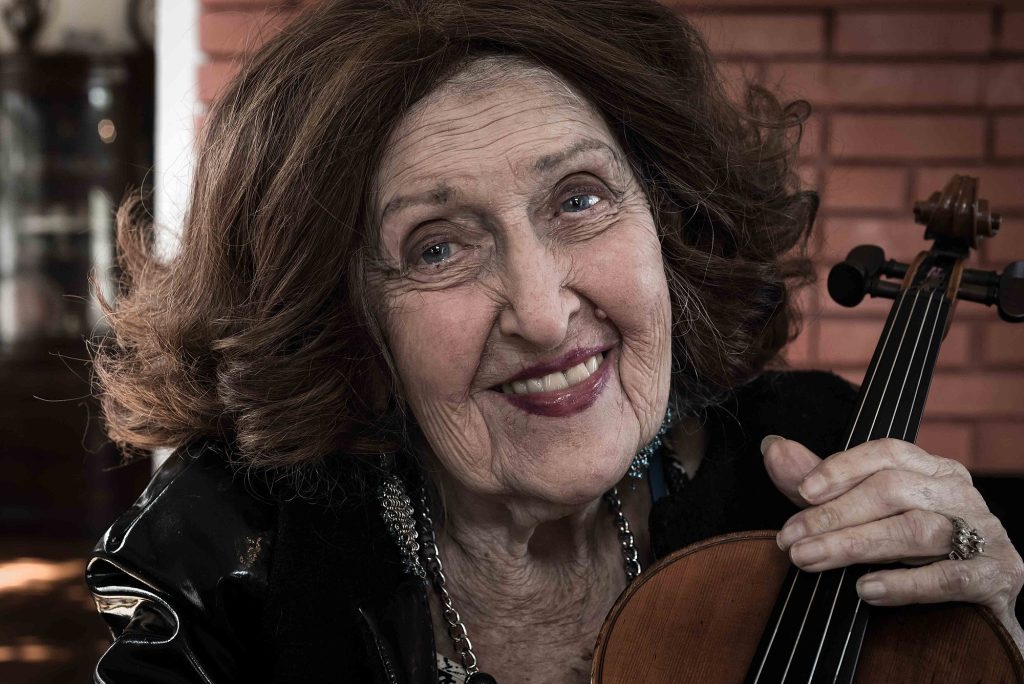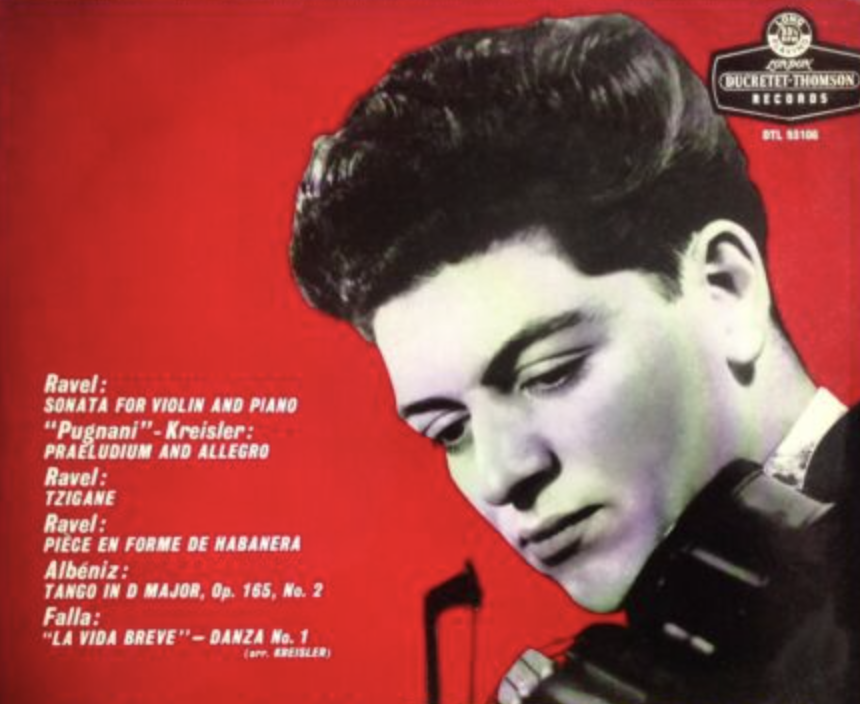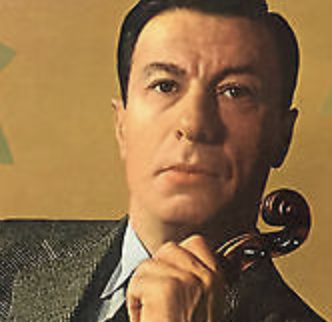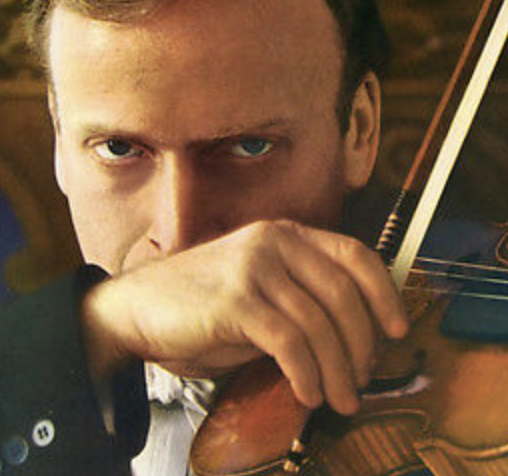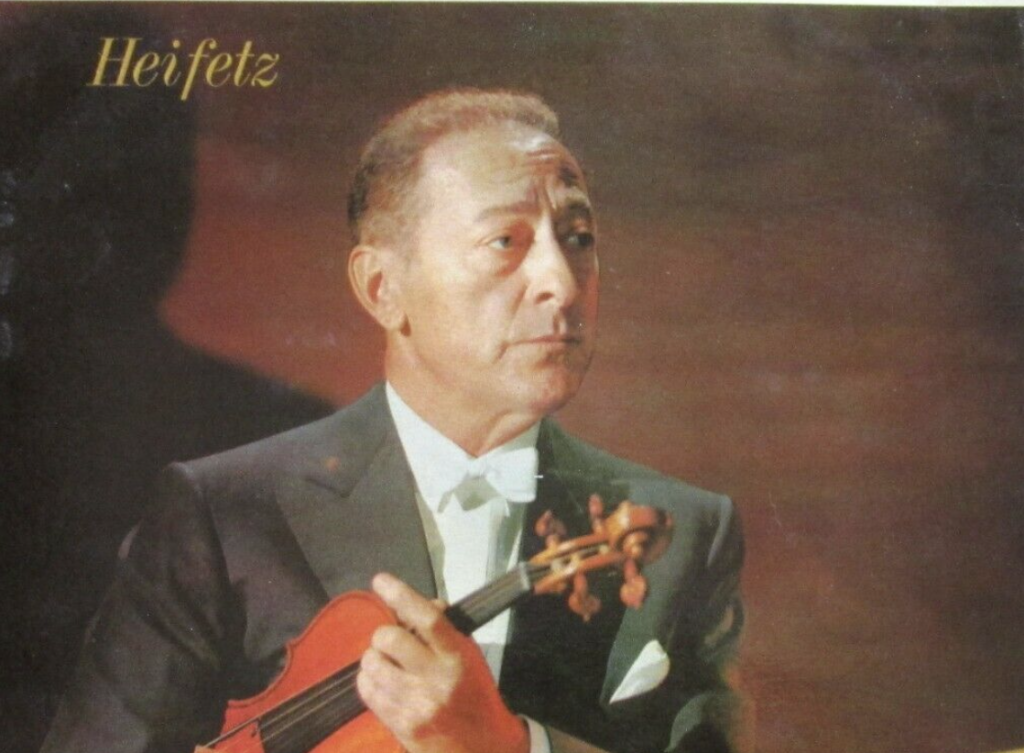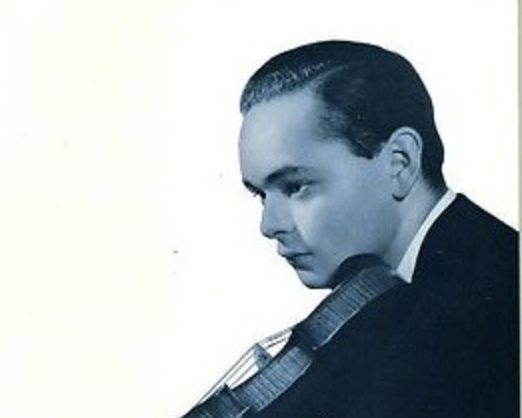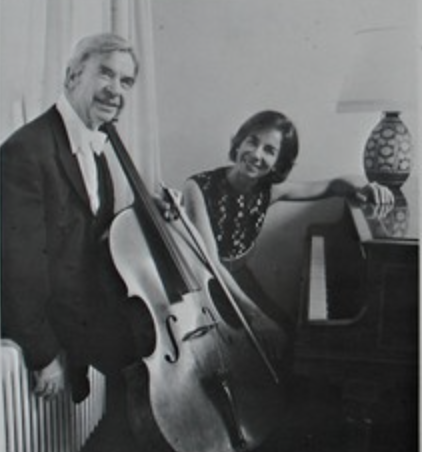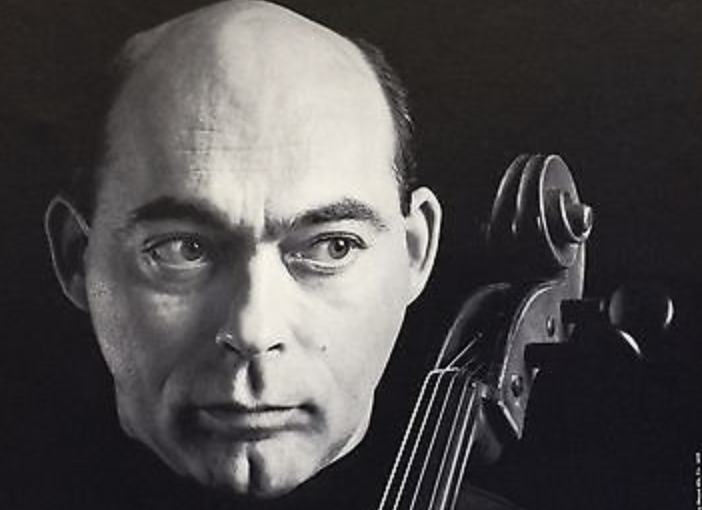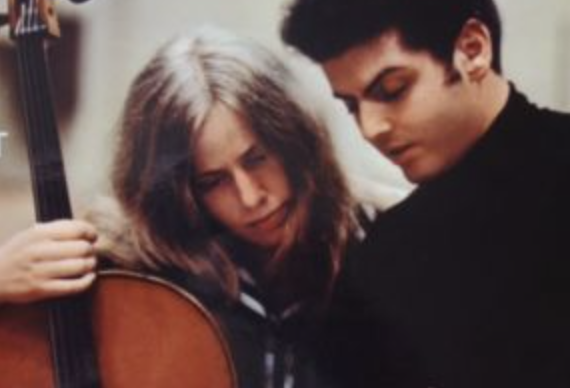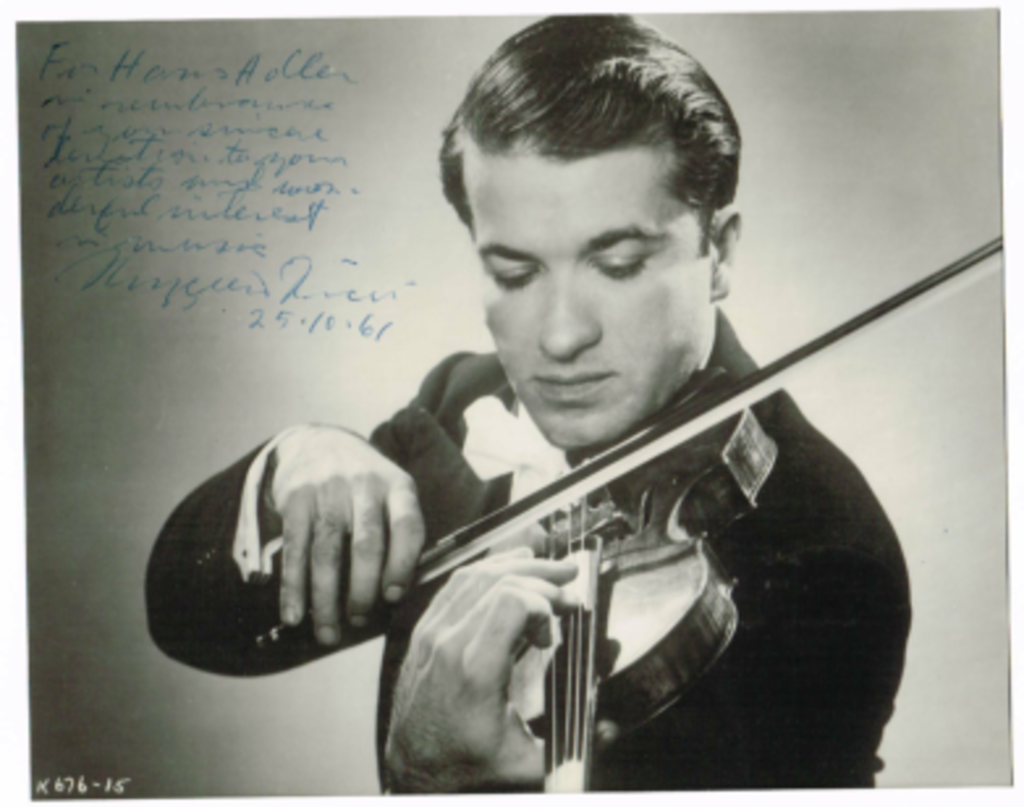
Ruggiero Ricci was an Italian-American violinist who was known for his virtuosity and prolific career. He was born on July 24, 1918, in San Bruno, California, to Italian parents. From a young age, he showed exceptional talent for the violin, and his parents encouraged him to pursue music.
At the age of seven, he started taking lessons with Louis Persinger, who had also taught another famous violinist, Yehudi Menuhin. Ricci’s progress was so rapid that at the age of nine, he made his public debut with the San Francisco Symphony Orchestra, playing Mendelssohn’s Violin Concerto.
In 1928, when Ricci was ten years old, his family moved to Berlin, where he continued his studies with renowned violinists and pedagogues such as George Enescu and Carl Flesch. In 1932, he made his European debut in Paris, and during the same tour, he performed in London with the London Philharmonic Orchestra.
Throughout the 1930s and 1940s, Ricci established himself as one of the leading violinists of his generation. He performed with many major orchestras around the world, and he was especially acclaimed for his interpretations of the works of Niccolò Paganini.
In addition to his performing career, Ricci was also a passionate advocate for contemporary music. He worked with many contemporary composers, including Krzysztof Penderecki, Alberto Ginastera, and Lukas Foss, championing their music and encouraging other musicians to include it in their repertoire.
Ricci was also a prolific recording artist, and his discography includes more than 500 recordings of works by Bach, Beethoven, Brahms, Tchaikovsky, and others. His recordings of Paganini’s 24 Caprices are considered to be some of the most definitive versions of these works.
In 1958, Ricci became the first American violinist to perform in the Soviet Union since World War II. This historic event was seen as a gesture of cultural diplomacy and helped to thaw relations between the US and the USSR.
Ricci continued to perform and record well into his later years, never losing his passion for the violin. He passed away on August 6, 2012, at the age of 94, leaving behind a rich legacy as one of the greatest violinists of the 20th century.


